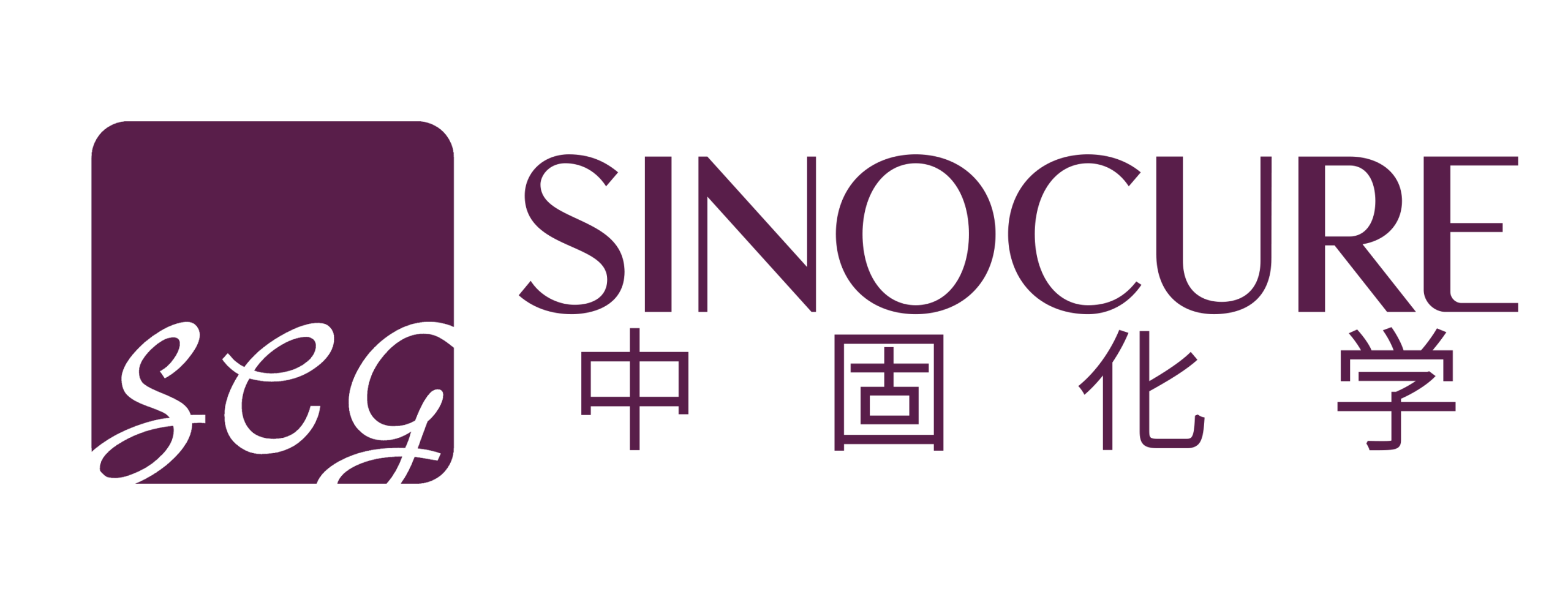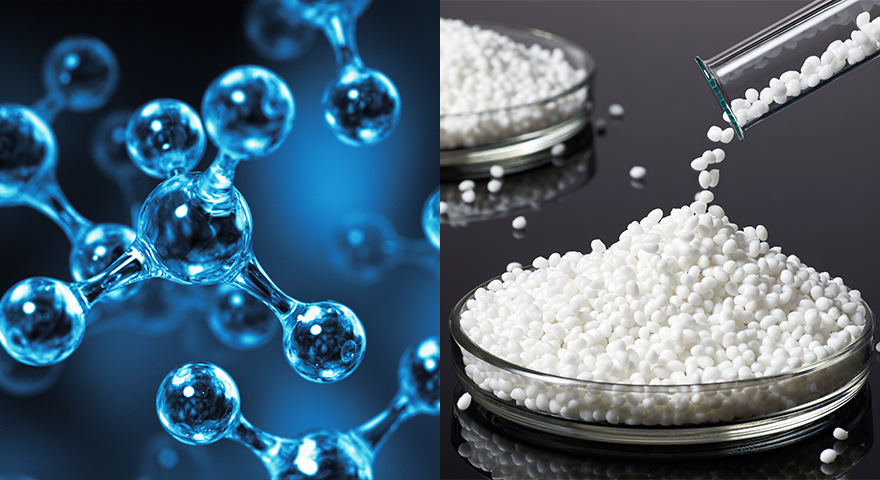Understanding 1,4-Bis(methoxymethyl)benzene: Properties and Pharmaceutical Significance
1,4-Bis(methoxymethyl)benzene, also known by its CAS number 6770-38-3 and synonyms such as p-Xylene Glycol Dimethyl Ether, is a chemical compound with increasing relevance in various industrial applications, particularly within the pharmaceutical sector. This article aims to provide a comprehensive overview of its chemical properties, uses, benefits, potential hazards, and manufacturing considerations, offering valuable insights for a general audience interested in pharmaceutical ingredients.
Chemical Properties of 1,4-Bis(methoxymethyl)benzene
At room temperature (around 20°C), 1,4-Bis(methoxymethyl)benzene exists as a colorless to almost colorless clear liquid. Its molecular formula is C₁₀H₁₄O₂, and it has a molecular weight of 166.22 g/mol. The compound exhibits a boiling point of 235 °C and a flash point of 118 °C, indicating its thermal stability under normal operating conditions. The specific gravity of this substance is approximately 1.01 at 20/20. These physical characteristics are crucial for understanding its handling and storage requirements in industrial processes. For optimal preservation, it is recommended to store 1,4-Bis(methoxymethyl)benzene at room temperature, ideally in a cool and dark environment below 15°C. Chemically, it belongs to the class of ethers, specifically non-heterocyclic ethers, and is categorized as a building block in organic synthesis. The presence of two methoxymethyl functional groups attached to the benzene ring dictates its reactivity and utility in synthesizing more complex molecules.
Uses and Applications in the Pharmaceutical Industry
The primary application of 1,4-Bis(methoxymethyl)benzene lies in its role as an intermediate in organic synthesis. Pharmaceutical intermediates are vital compounds formed during the synthesis of active pharmaceutical ingredients (APIs). These intermediates are essential building blocks that undergo further chemical transformations to produce the final drug substance. 1,4-Bis(methoxymethyl)benzene is specifically used in the synthesis of various compounds, including synthetic resins and other organic molecules that may eventually find applications in pharmaceuticals, agrochemicals, and polymers. For instance, it has been identified as an intermediate in the synthesis of 2-methoxymethyl-1,4-benzenediamine, a compound used in oxidative hair dyeing and potentially in preparing pharmaceuticals. The versatility of 1,4-Bis(methoxymethyl)benzene stems from its ability to introduce methoxymethyl groups into different molecular structures, facilitating the creation of novel compounds with desired properties. The pharmaceutical industry relies heavily on such intermediates to develop a wide range of medications, and the quality and availability of these intermediates directly impact the efficiency and cost-effectiveness of drug production.
Benefits of Using 1,4-Bis(methoxymethyl)benzene in Synthesis
The use of 1,4-Bis(methoxymethyl)benzene as a synthetic intermediate offers several benefits. Its relatively low toxicity under normal laboratory conditions makes it safer to handle compared to some other chemical reagents. Furthermore, it exhibits good stability and compatibility with various reagents, making it a reliable component in complex organic syntheses. The introduction of methoxymethyl groups can modify the properties of the resulting molecules, potentially enhancing their stability, solubility, or biological activity, which are crucial factors in drug design and development. By acting as a versatile platform for chemical modifications, 1,4-Bis(methoxymethyl)benzene contributes to the development of innovative pharmaceutical compounds. The efficiency and selectivity offered by such intermediates are paramount in the pharmaceutical industry, where the synthesis of complex drug molecules often involves multiple steps.
Potential Side Effects and Precautions
While specific information on the side effects of drugs containing 1,4-Bis(methoxymethyl)benzene for general use is not readily available, the safety data for the compound itself highlights certain potential hazards that need to be considered during its handling and use in chemical synthesis. It is classified as a hazardous substance that may cause skin irritation, serious eye irritation, and respiratory irritation. There is also suspicion that it could potentially damage fertility or the unborn child and may cause damage to organs through prolonged or repeated exposure. Therefore, it is crucial to avoid breathing its dust, fumes, gas, mist, vapors, or spray, and to use it only outdoors or in a well-ventilated area. Proper personal protective equipment, including protective gloves, clothing, eye protection, and face protection, should be worn when handling this chemical. In case of skin contact, washing with plenty of water is necessary, and if inhaled, the affected person should be moved to fresh air. Eye contact requires cautious rinsing with water for several minutes, with contact lenses removed if possible. Contaminated clothing should be taken off and washed before reuse. For safe storage, the compound should be kept in a well-ventilated place, with the container tightly closed and stored locked up. Disposal of the substance and its container should be done according to approved waste disposal regulations.
Manufacturing Process of 1,4-Bis(methoxymethyl)benzene
Information regarding the specific industrial manufacturing process for 1,4-Bis(methoxymethyl)benzene is somewhat limited in the provided material. However, it is known to be used as an intermediate in organic synthesis, implying that it is produced through chemical reactions involving other precursor molecules. Generally, compounds with similar structural features, such as p-xylene derivatives or glycol ethers, can be synthesized through various methods. For instance, p-xylene can be produced from biomass-derived dimethylfuran and ethylene using zeolite catalysts, or from ethylene as a sole feedstock through a series of reactions. Glycol dimethyl ethers are sometimes produced by the reaction of dimethyl ether with ethylene oxide or through the methylation of glycols. One patent describes a novel process for synthesizing p-xylene glycol dimethyl ether (a synonym for 1,4-Bis(methoxymethyl)benzene) using hydroquinone and dimethyl sulfate as raw materials in an alkaline medium, with the product being removed from the reaction system during the process to ensure complete reaction. While the exact industrial route for 1,4-Bis(methoxymethyl)benzene might vary depending on the manufacturer and scale of production, it likely involves carefully controlled chemical reactions to ensure high purity and yield, as indicated by the typical properties reported by suppliers.
Conclusion
1,4-Bis(methoxymethyl)benzene is a significant chemical compound primarily utilized as an intermediate in organic synthesis, particularly within the pharmaceutical industry. Its specific chemical properties, such as its liquid state at room temperature and its reactivity due to the methoxymethyl groups, make it a valuable building block for creating more complex molecules. While it offers benefits like relatively low toxicity and good stability, necessary precautions must be taken during handling due to potential skin, eye, and respiratory irritation, as well as possible reproductive and organ damage. The manufacturing process likely involves chemical synthesis routes similar to those used for related compounds. Understanding the properties and applications of 1,4-Bis(methoxymethyl)benzene provides crucial context for its role in the development and production of various chemical products, including pharmaceuticals.

